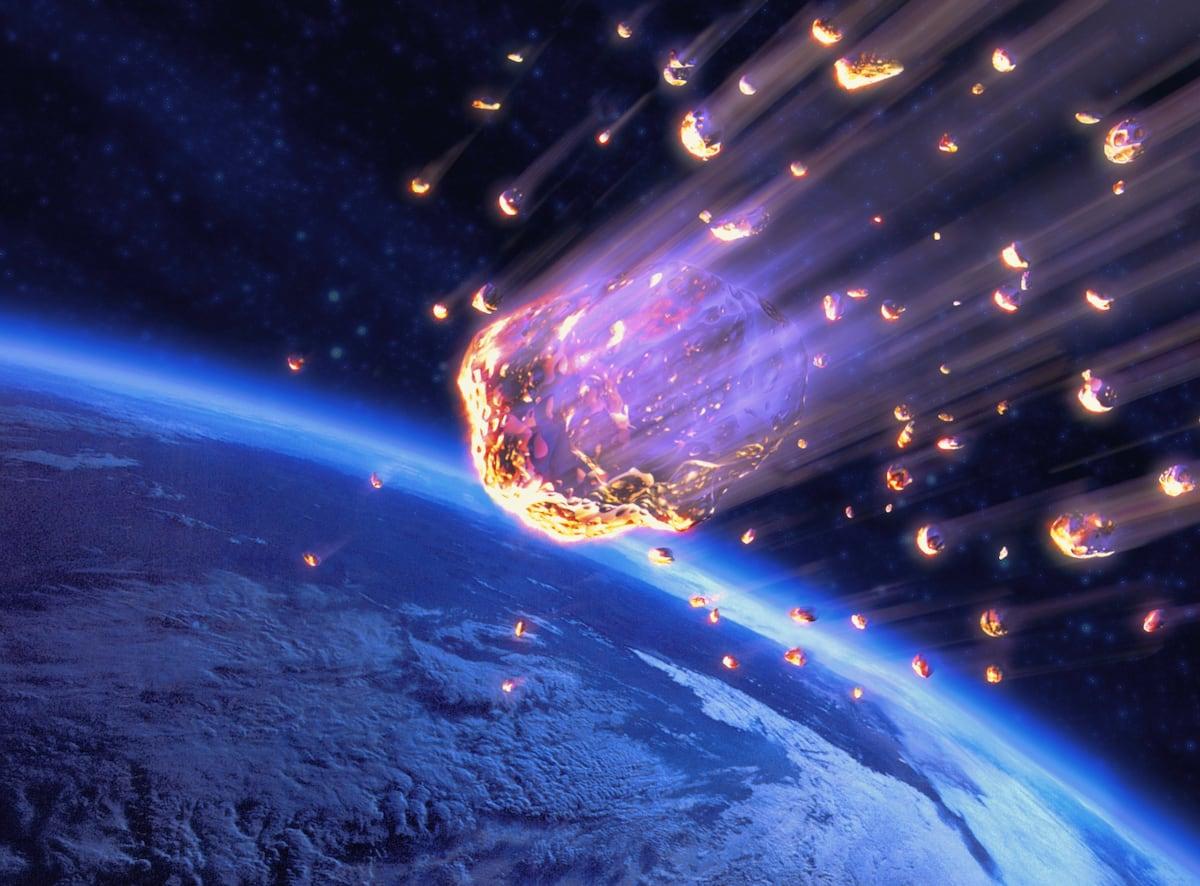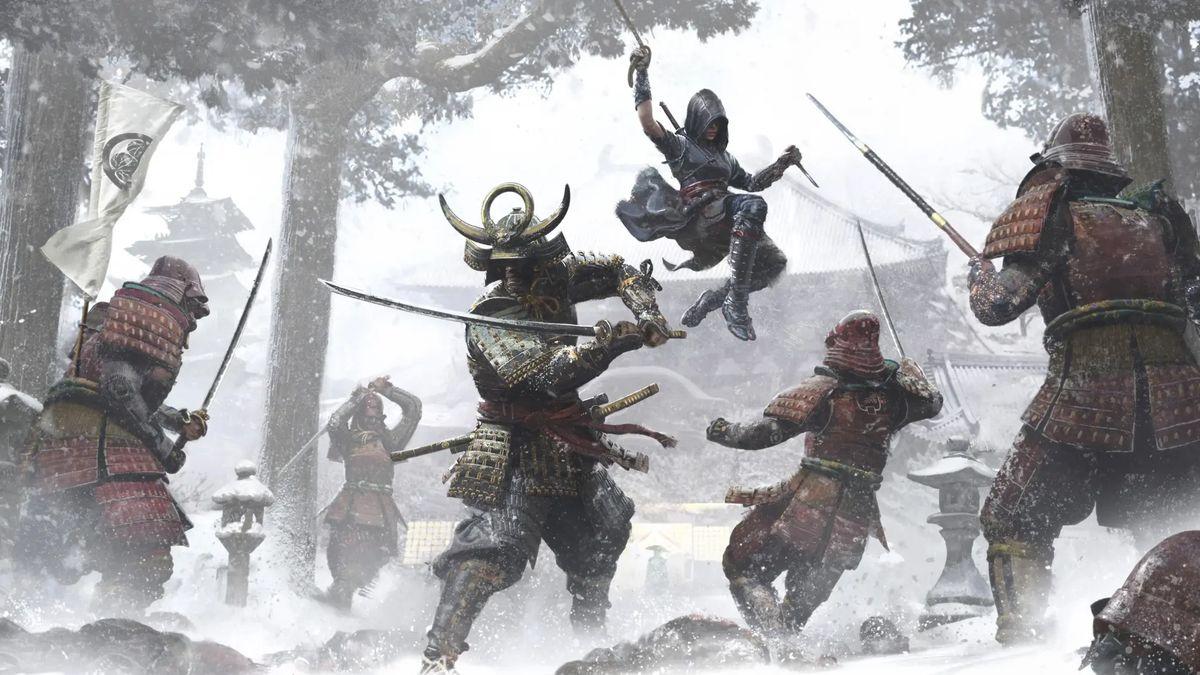An international team of researchers with a representative from Spain has found fossils from Mexico (USA) as new evidence that dinosaurs were diverse and abundant during the Cretaceous period.
Dinosaurs weren't in decline until they were wiped out by an asteroid
A group of international researchers including Spanish representatives have found evidence in fossils from Mexico (USA) that dinosaurs were diverse over a long period of time.
66 million years ago, the most picturesque mass extinction in Earth's history: dinosaurs.Some researchers say that its disappearance was a gradual process, while others argue that it happened suddenly after an asteroid impact.Geologist Andrew G. from the University of New Mexico State (USA). The team of researchers, led by Flynn and with Spanish participation, aims to explain the phenomenon whose discussion has divided the scientific community for decades.
The study, published today in the journal Science, shows that there is strong evidence that dinosaurs remained diverse, active and well-adapted until the end of the Cretaceous Period, just before the impact that marks the end of their age.Based on the new geochronology of the Naashoibito Member, a fossil-rich rock unit within the Kirtland Formation (northern New Mexico), analyzing its deposits between 66.4 and 66.0 million years old, it shows that the fossil remains found there correspond to some of the last dinosaurs that lived in North America.
According to the authors, who include Spanish researcher Jorge García Giron (University of León), data on diversity and activity support the idea that their disappearance was not a gradual process, but the result of a sudden and global event.This is how Flynn, the lead author of the study, explains: "For years it was thought that the western United States had a homogeneous fauna, a kind of uniformed dinosaur community. But that was only because we didn't have good rock records from that time."This geologist, an expert in paleoclimatology, continues: "Now, with two well-dated sites (Hell Creek and Kirtland), we see that they are very different from each other. They have different dinosaurs, which tells us that there were different ecological regions where different species flourished."
The dinosaurs, the researchers concluded, were in constant interaction with their environment, just like other animals.And this fact explains the diversity of ecosystems and the variety of species.
However, the New Mexico fossils are missing one key ingredient: an asteroid impact, called the K-PG boundary, with its characteristic iodine deposits."We're losing layers of ash and debris," Flinn explained.We know that dinosaurs are valued."
Although Flynn admits that this writing is still not limited, he hopes that new sites will be enlightened by this phase of the new site.
According Thomas Richard Holtz, an American paleontologist which is not involved in the new research, it provides a solid base for the extinction debate.
Holtz points out that the nature of the fossil record is erratic."Not every organism or species is a chapter, and fossils are not created everywhere on the map. So there are always questions about what the true diversity of a group is."But, he says, it helps clarify the importance of the new case: the age of the Naatoibito member.For years, these sites, with the remains of Alamosaurus, a large grazing dinosaur, were older than the Hell Creek deposits in Montana, Wyoming and the Dakotas.Head Creek.In other words, there were dinosaurs who were part of the Naashoibito community and would have seen the effects of the final victory."
Paleontologist Penelope Cruzado Caballero highlights an important breakthrough: "What is interesting about this work is its multidisciplinary approach," she explains."Not only did they analyze the fossils and the environment they lived in, they combined very precise geological data. This allows the remains to be placed within the extinction boundary."
However, the Ontopod dinosaur paleontology researcher won't be wary of the new study either.He cautions: "This article recognizes that the results are based on a particular part of the world near the impact area. We have a similar location but less species diversity because we still have to work in the fields."
A long day to complete the powder?
He is cautious, but acknowledges the trend: "It's difficult for anyone to fully understand anything. In his opinion, the big job that's expected is to expand the map of the investigation. Flynn and his team are unusual, but we're going to get more information about this study than we would have elsewhere."
Elena Cuesta, an expert in theropod dinosaur paleobiology, has a similar opinion."We only talk about North America. "The United States has a huge funding infrastructure and a very strong palanthropological tradition, either TrannoSaurress or Triceratops.and helps balance the balance of the Northern Hemisphere."This data can be focused on the Global South."This data
Gerta Keller, a professor at the Department of Earth Sciences at Princeton University (USA), disagrees with the study's findings."The extinction of the dinosaurs due to an asteroid impact at the end of the Cretaceous was a theory that was first proposed with great enthusiasm in 1980 by Nobel laureate Luis Alvarez and his son Walter. Since then, the theory has been repeated with little or no change, and most people believe in it. The article is not of good quality because it leaves out a lot of information," he commented.
Cellar defends an alternative explanation based on climate change and volcanic eruptions in the dinosaurs in the dinosaurs up to 400,000 In Yucatan 200,000 years before the mass extinction of the dinosaurs 66 million years ago."And he emphasizes:" It was a simple incident in our universe, while life remained as usual."
According to Cuesta, the most enjoyable part of this work is demonstrating that science is alive.“Every new fossil, every new dating can change what we thought we knew.Sufficiently strong hypotheses can be suddenly dismantled and new ones created years later.We must continue to research, unearth and fund science.Only then will we gain knowledge about this period in Earth's history."
Your subscription is active on another device
Do you want to add another user to your subscription?
If you continue to read orally on this device, you will not read any other way.
ArrowYour subscription is used on another device and you can only access EL PAÍS from one device at a time.
If you want to share your account, change your subscription to premium mode, so you can add users.Each of them comes with its own email account, allowing you to personalize your I EL experience.
Do you have a business subscription?Go here to register multiple accounts.
If you do not know who is using your account, we recommend that you change your password here.
If you continue to share your account, this information will remain on your device, making your account indefinite and affecting readability.You can view our digital subscription terms and conditions here.








